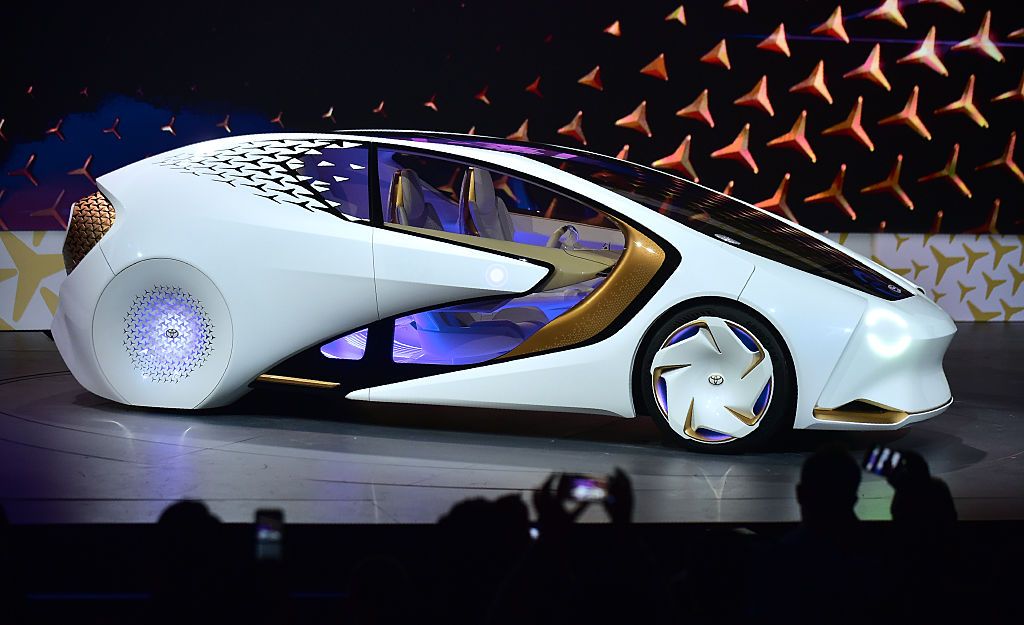Ford Motor Company's mid-range Mercury brand spent most of its 72 model-years life sharing basic bodies with Ford and, at times, Lincoln. This is well known. Not so well-known, yet no secret, is that the original Mercurys had their own bodies. The problem being that those bodies looked very similar to those used by contemporary Fords. Perhaps that, plus the need to keep production costs reasonable, led Ford management to use Ford bodies as the basis for 1941 Mercurys.
The Wikipedia entry on Mercury is here, and Joe Sherlock's thoughts on the brand as it lay dying are here.
The original Mercurys were larger than Fords, as the Wikipedia entry mentions. So if a 1939 Mercury were seen next to a 1939 Ford De Luxe, this would be obvious. Normally, it was fairly rare that people saw such juxtapositions.
I don't have photos of the cars side-by-side, but perhaps the images below will illustrate their similarities and differences.
Publicity photo of a 1939 Mercury 4-Door Sedan.
A 1939 Ford De Luxe Fordor on display in Salt Lake City. Similarities: headlights, grille shape, hood shape and cut lines, chrome trim along the belt line, windshield and side window shapes, door openings, door hinging and general fastback shape. Differences: position of windshield wipers, fender profiles, rear door hinging, and the degree the bodies overlap the running boards.
A two-door '39 Mercury.
A Ford De Luxe Tudor. Again, side widow shapes are essentially the same, though the Mercury's aft window is longer thanks to its larger body. The length difference in this zone of the car is between the door and rear fender, the Mercury having a longer wheelbase.
Publicity shot of a convertible. Note the Moderne trim on the building in the background, perhaps to hint that the Mercury is in tune with the future.
Grist for another comparison, the Mercury here...
... and a Ford here, albeit a Tudor (for-sale photo). This offers a better view of fender differences, slight though they are.
Rear three-quarter view of a '39 Mercury 4-door sedan in another for-sale photo.
1939 Ford De Luxe Fordor, Barrett-Jackson photo. Back windows are about the same, as is the trunk and its cut lines. The Mercury's rear fender is fatter than the Ford's.
Ford Motor Company's mid-range Mercury brand spent most of its 72 model-years life sharing basic bodies with Ford and, at times, Lincoln. This is well known. Not so well-known, yet no secret, is that the original Mercurys had their own bodies. The problem being that those bodies looked very similar to those used by contemporary Fords. Perhaps that, plus the need to keep production costs reasonable, led Ford management to use Ford bodies as the basis for 1941 Mercurys.
The Wikipedia entry on Mercury is here, and Joe Sherlock's thoughts on the brand as it lay dying are here.
The original Mercurys were larger than Fords, as the Wikipedia entry mentions. So if a 1939 Mercury were seen next to a 1939 Ford De Luxe, this would be obvious. Normally, it was fairly rare that people saw such juxtapositions.
I don't have photos of the cars side-by-side, but perhaps the images below will illustrate their similarities and differences.
Publicity photo of a 1939 Mercury 4-Door Sedan.
A 1939 Ford De Luxe Fordor on display in Salt Lake City. Similarities: headlights, grille shape, hood shape and cut lines, chrome trim along the belt line, windshield and side window shapes, door openings, door hinging and general fastback shape. Differences: position of windshield wipers, fender profiles, rear door hinging, and the degree the bodies overlap the running boards.
A two-door '39 Mercury.
A Ford De Luxe Tudor. Again, side widow shapes are essentially the same, though the Mercury's aft window is longer thanks to its larger body. The length difference in this zone of the car is between the door and rear fender, the Mercury having a longer wheelbase.
Publicity shot of a convertible. Note the Moderne trim on the building in the background, perhaps to hint that the Mercury is in tune with the future.
Grist for another comparison, the Mercury here...
... and a Ford here, albeit a Tudor (for-sale photo). This offers a better view of fender differences, slight though they are.
Rear three-quarter view of a '39 Mercury 4-door sedan in another for-sale photo.
1939 Ford De Luxe Fordor, Barrett-Jackson photo. Back windows are about the same, as is the trunk and its cut lines. The Mercury's rear fender is fatter than the Ford's.





















EmoticonEmoticon